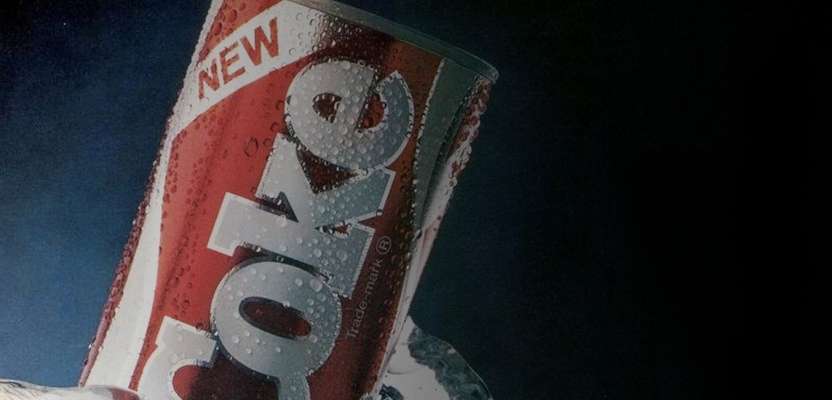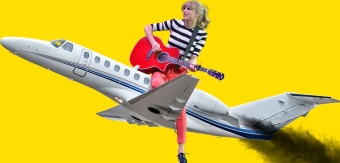Media campaigns are designed to provoke attention, raise awareness, and build momentum around a cause, product, or event. The general consensus behind most media campaigns is the bigger, bolder and more colourful they are, the stickier they should be, and the more conversions will be made.
However, despite careful planning and all the best intention, some campaigns go astray, often leading to unintended consequences, public outrage, or colossal financial loss. Rather than ignore these failures, today I’m going to be shining a spotlight on a few of the more heinous ones. Because if we don’t learn from our mistakes, are we not doomed to repeat them?
Sony's PSP White Release (2006)
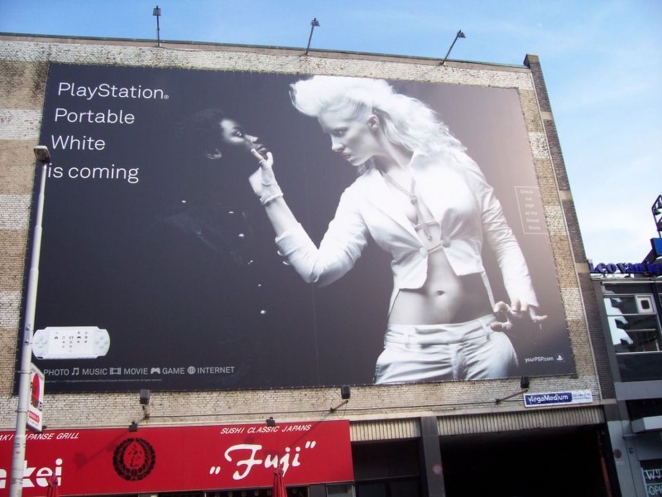
To promote the new ceramic white PlayStation Portable (PSP), Sony launched a billboard campaign in the Netherlands. The billboards depicted a Caucasian woman aggressively holding the face of a Black woman, with the tagline "PlayStation Portable White is coming." The imagery was rightly criticized for its racial overtones and insensitivity, sparking outrage worldwide. Sony was forced to pull the campaign and issue a public apology and while it was over 15 years ago now, I still remember the backlash from the wider gaming community.
McDonald's #McDStories (2012)
McDonald's initiated a Twitter campaign using the hashtag #McDStories, hoping users would share positive experiences about the brand. Instead, the hashtag was hijacked by disgruntled customers and critics who shared negative anecdotes and complaints, turning the campaign into a PR nightmare.
Snapchat’s "Would You Rather?" Ad (2018)
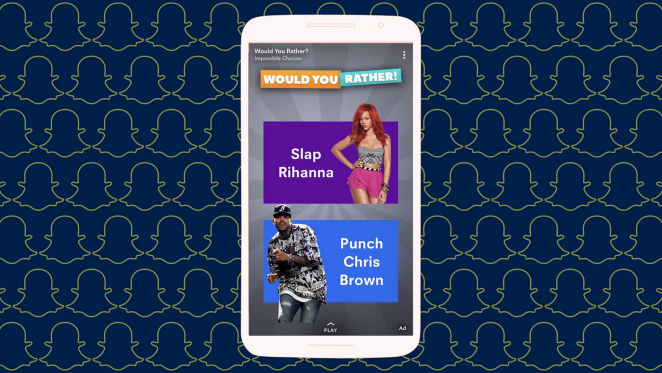
Snapchat faced intense criticism for an ad that appeared on its platform for a game that posed the question, "Would you rather: Slap Rihanna or Punch Chris Brown?" Given the history of domestic violence between the two artists, the ad was deemed insensitive and inappropriate. Rihanna herself criticized Snapchat, which led to a reported $800 million drop in the company's market value within a day.
Cartoon Network's Aqua Teen Hunger Force Scare (2007)
Turner Broadcasting, in an attempt to promote its show "Aqua Teen Hunger Force", placed LED devices depicting one of the show's characters in various locations around Boston. However, city residents and officials mistook these devices for explosive devices, leading to citywide panic and a bomb scare. Law enforcement agencies were deployed, and bridges were closed, costing the city and its citizens a considerable amount. Turner Broadcasting had to pay $2 million in damages and apologies for the campaign.
Hoover's Free Flight Promotion (1992)
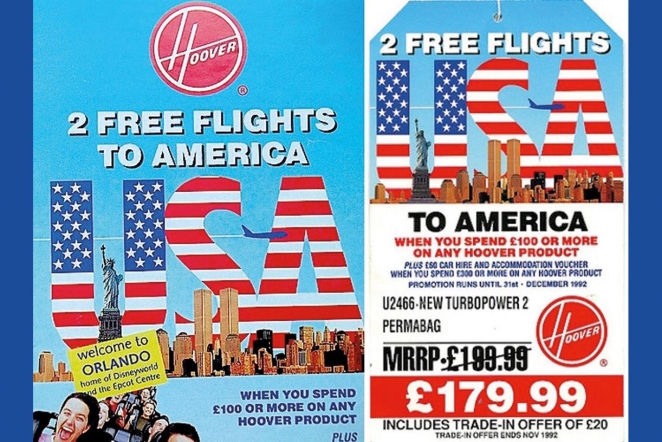
In one of the most financially disastrous promotions of all time, the UK branch of the Hoover company offered two free international flights with the purchase of any Hoover product worth over £100. Anticipating only a small fraction of claims, the campaign backfired when tens of thousands of consumers bought Hoover products just to claim the tickets. The fiasco ended up costing Hoover around £50 million and led to the firing of several top executives.
The U.S. Department of Education and Armstrong Williams (2005)
In 2005, it was revealed that the U.S. Department of Education paid pundit Armstrong Williams $240,000 to promote the "No Child Left Behind" act on his syndicated television show and to other African American journalists. This kind of covert propaganda not only damaged the credibility of Williams but also led to significant criticism and skepticism of the act itself.
Pepsi's "Points" Campaign (1995)
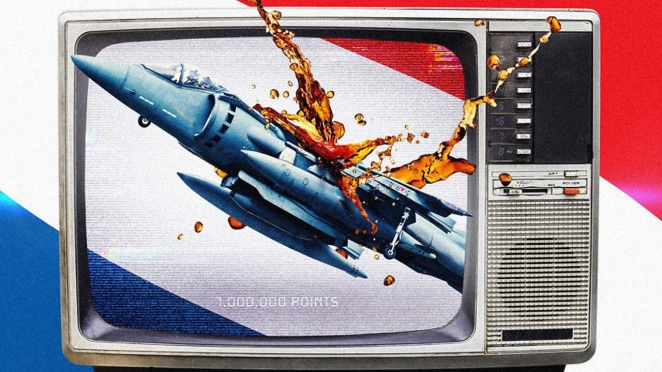
In an attempt to boost sales, Pepsi introduced a points-based loyalty program where customers could collect points from product packaging and redeem them for merchandise. One commercial jokingly showcased a military fighter jet as a reward for 7 million points. However, one clever customer, John Leonard, realized that he could buy enough points for $700,000, far less than the $23 million value of a Harrier Jet. He tried to claim the jet, and when Pepsi refused, Leonard sued. The court ruled in Pepsi's favor, stating the commercial was humorous and not a legitimate offer, but the damage to the brand's reputation and the legal costs proved to be a huge misstep.
Malaysia's "Breathtaking Abuse" Mistake (2014)
In 2014, Malaysia's tourism board launched a campaign with the tagline "Truly Asia. Breathtaking Abuse." What they meant was "Truly Asia. Breathtaking Awe," referring to the natural beauty of Malaysia. The misprint caused significant embarrassment and criticism, especially given the word "abuse" could be associated with negative issues within the country.
Kenneth Cole’s Cairo Tweet (2011)
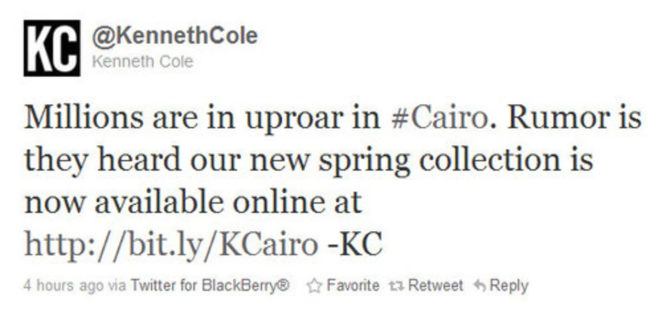
During the Arab Spring, a series of protests and uprisings that swept the Middle East, Kenneth Cole decided to make a promotional tweet that read: “Millions are in uproar in #Cairo. Rumour is they heard our new spring collection is now available online.” The tweet was criticized for being tone-deaf and for trivializing a serious political situation for commercial gain. The company quickly apologized, but the incident remains a classic example of how not to use current events in marketing.
New Coke (1985)
In the 1980s, Coca-Cola decided to reformulate its iconic drink in response to the “Pepsi Challenge” commercials that claimed people preferred the taste of Pepsi. The company released "New Coke", a sweeter version of the original. The backlash was immediate and intense. Die-hard fans hoarded cases of the original formula and protested against the change. Realizing their mistake, Coca-Cola reintroduced the original formula as "Coca-Cola Classic" just three months later. While the brand did recover and even gained more market share, "New Coke" remains a cautionary tale in marketing history.
lessons learned
These media campaign disasters underline the importance of understanding the cultural, social, and political implications of your messaging. In the digital age, where information travels at the speed of light, brands and organizations must be more vigilant than ever. Every media campaign should undergo thorough scrutiny and evaluation to prevent potentially damaging oversights and maintain trust with the public.
